Entomologists already sound the alarm. All the cockroaches disappeared from the houses. Even the "indestructible" red cockroach, supposedly able to survive after a nuclear explosion, chose to leave the person’s house. The explanation is simple: the food supply has decreased. If the situation changes, and people again begin to stock up and store food at home, the insects will return.
How is a Prusak different from a red cockroach?
Nothing. Prusak - this is a red cockroach of the species Blattella germanica. Belongs to the family Ectobiidae, which includes 6 more synanthropic species.
The homeland of domestic red cockroaches is southern Asia. In the 18th century, an insect was brought from this region to Europe and North America. In very favorable conditions for them, small brown cockroaches multiplied and almost crowded out much larger ones. black.
The insect received its name "Prusak" by mistake. It fell into the territory of the Russian Empire at a time when Germany did not yet exist, and Prussia was in force. Then there was a belief that cockroaches camelina came to the territory of Russia from Prussia. Hence the name.
Interesting!
The cockroach Prusak is also called in Poland, and in Germany and the Czech Republic these insects are called "Russians."
What does Blattella germanica look like?
Prusak is a medium-sized brown cockroach. The color scheme can be from tan to almost black. The main sign of a red home cockroach is 2 dark stripes on the pronotum, going from the head to the base of the wings.
- Redhead
- Red cockroaches
- Redheads
In outline body structure red cockroaches are the same as in other species of this order of insects:
- Prusak's sexual dimorphism is weakly expressed.
- Both sexes have wingswhich can be used, but do it reluctantly. Unlike a large red cockroach: periplanet americana, - the Prusak prefers walking. But if you throw the Prusak out of the window, he may well spread his wings and go back, changing the flight path.
- The length of domestic red cockroaches is 1.1 - 1.6 cm. Females become slightly larger than males after mating. The body of the male is narrow, the sides of the abdomen are wedge-shaped. The wings are relatively short and do not cover the last segments of the abdomen. The female has a wide rounded abdomen, completely covered by wings.
- A mustachioed cockroach in children's books is not for nothing called. The insect has a triangular shape on its head next to faceted eyes very long mustaches are located. Mustache plays a very important role in the life of the Prusak. These are the organs of smell and touch. With their help, insects not only “taste” food, but also communicate with each other. The lengths of the mustache and the body of the Prusak are the same.
Interesting!
A male with a long mustache is more attractive to a female than a short-barked individual.
Similarity with other species
Prusakov is often confused with two other species belonging to the same family: forest amber and Asian cockroach. The first lives in the forests of southern Europe and has a light brown color. The length of his body is 2 mm less than that of the redhead. When comparing the photos of the Prusak and the amber cockroach, it can be seen that the latter looks like Blatella Germanicus, but the dorsum of the pronotum is uniform light brown in color and transparent at the edges. The apartments do not take root.Accidentally falling into a person’s housing, dies after a few days.
- Redhead
- Forest
- Asian
Thanks to global warming, the inhabitant of the Mediterranean region began to spread to the north: in 1999 it was registered in northern Switzerland, in 2015 already in North Rhine-Westphalia. In the future, the appearance of an amber forest cockroach in Russia is also possible.
The Asian cockroach has only insignificant morphological differences from the Prusak: the wings are much longer. This insect flies well. At night it flies into the light. Lives in the tropical and subtropical zones of Asia.
The main difference between the Prusak and the cockroaches of these two species is the way of life. The former is a synanthropic pest, the latter are inhabitants of open spaces. And the Asian species in the USA is used to control pests of cotton fields.
Lifestyle & Habitat
The pest spreading up to the Arctic regions does not withstand severe frosts. Its limit is -5 ° C. Where the thermometer column falls below this mark, a red cockroach can exist only in heated rooms.
In search of food, the Prusak leaves at night. In the afternoon cockroach hiding in dark places:
- cabinets;
- behind the stove;
- behind the sink;
- under the bath;
- in vents;
- between the baseboard and the wall, if the apartment has baseboards.
On a note!
Insects need water, so they prefer to choose raw shelters. Often, red cockroaches run into the sink just to get drunk. If there are leaks in the heated basement, the Prussians will choose this place for breeding and rest.
How do the Prussians breed
After fertilization, the female capsule for eggs begins to develop in the abdomen: ooteca. As the eggs develop, the stomach swells. Gradually, from the posterior end of the abdomen, the tip of the oocyte appears. Cockroach eggs by this time reach their full size. The capsule is first translucent and soft. But in the air it begins to harden and change color to white, then pink and continues to darken. After 2 days, the ooteka acquires the final chestnut color.
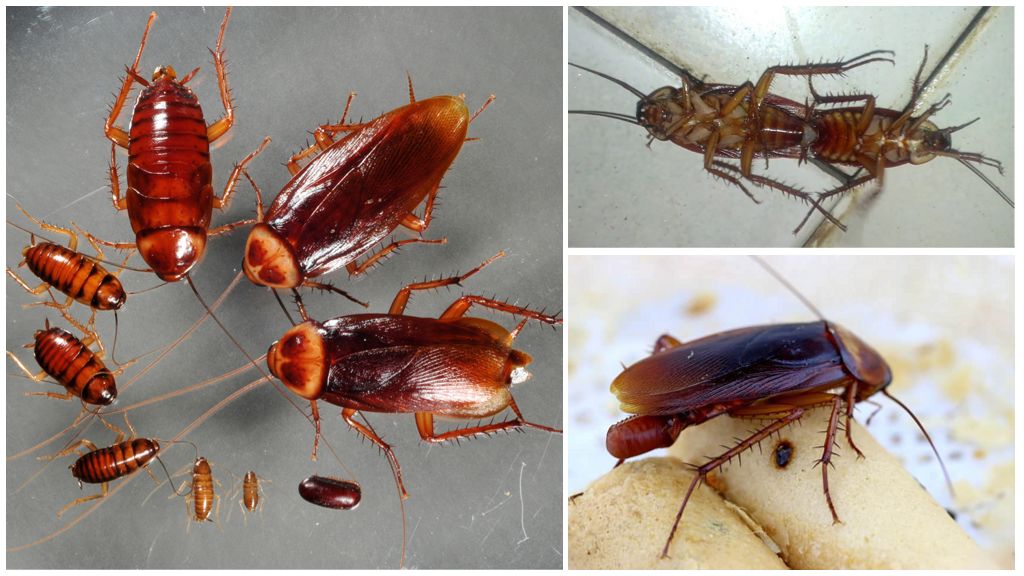
One ootek can contain 30 - 40 eggs. Because of this, there is a misconception that several dozen cubs hatch from one egg of a red cockroach.
The female drops the matured capsule a day before hatching. But sometimes several nymphs may be born while the ooteca is still attached to the female. The appearance of offspring occurs after 14 - 35 days after the complete formation of the ooteca.
Interesting!
The Prusak has well-developed offspring care. All the time during which larva in the egg develops into a nymph, the female of the red cockroach drags the ooteca on itself.
Development cycle
Life cycle there is less red cockroach than other species. But this is offset by a high breeding rate. The development of a nymph from an egg to an adult takes 2 months. The adult female lives 20-30 weeks, producing 4-9 ootec during this time.
All cockroaches have an incomplete type of development: the larva grows in the egg, and the nymph comes out. Usually in insects this is the third stage of development, but in cockroaches the second. From the imago, the nymph is distinguished by a dark color and a complete absence of wings. The number of links that a nymph goes through before becoming an adult is six.
In the first stage, the length of the nymph is 3 mm. With each molt, the insect grows in size. The fact that molting is a very dangerous process for a nymph saves from the complete dominance of an apartment by cockroaches. Almost 50% of young animals die for natural reasons before they reach puberty.
Interesting!
Shedding nymphs eat discarded skins and dead congeners.
Feed base
Prusak is an omnivorous scavenger. His nutrition consists of the remnants of human food and completely inedible objects for people. He is especially attracted to:
- meat;
- starch;
- fatty food;
- sugar.
In the absence of these products, the Prusak can cost:
- leather shoes;
- tissues;
- paper;
- soap
- glue;
- toothpaste.
If there are no these products, the Prusak goes to cannibalism and eats his relatives, eating their wings and paws.
Harm
Food spoilage is not so bad compared to other possible problems. Cockroach - one of the ways disease spread. Mostly common diseases belong to the group of gastrointestinal infections:
- dysentery;
- gastroenteritis;
- infectious diarrhea;
- salmonellosis.

And other similar infections. Insects carry them mechanically.
The Prusaks come into contact with the garbage in the bins, sewer pipes and dirt accumulated in the cracks. After that, insects go to eat fresh food, leaving bacteria on the surface of human food.
With a large number of pests in the room, their collapsing chitinous shells can cause allergies.
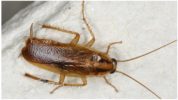

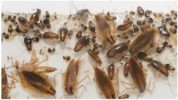
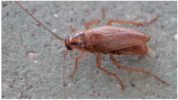

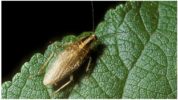
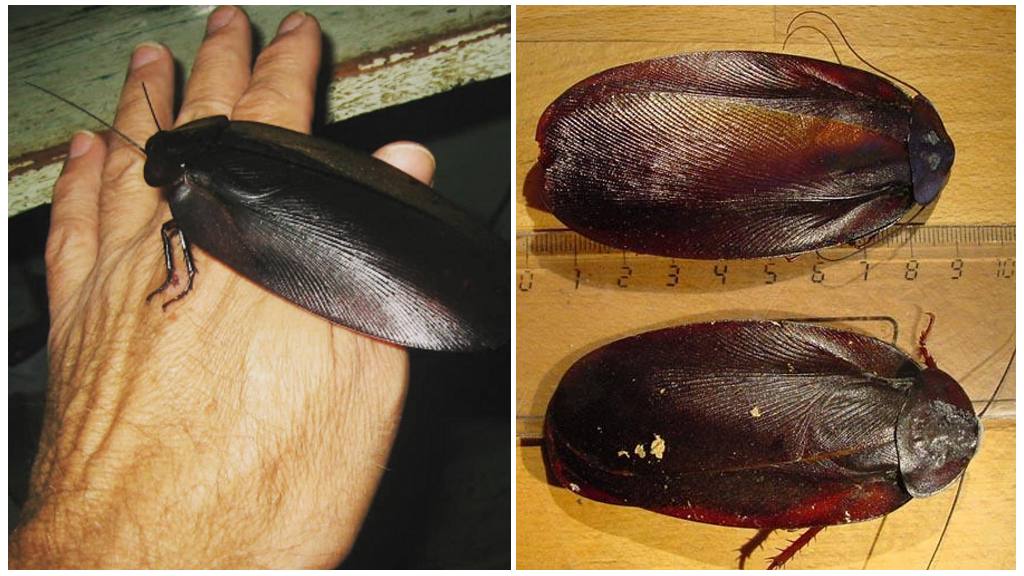
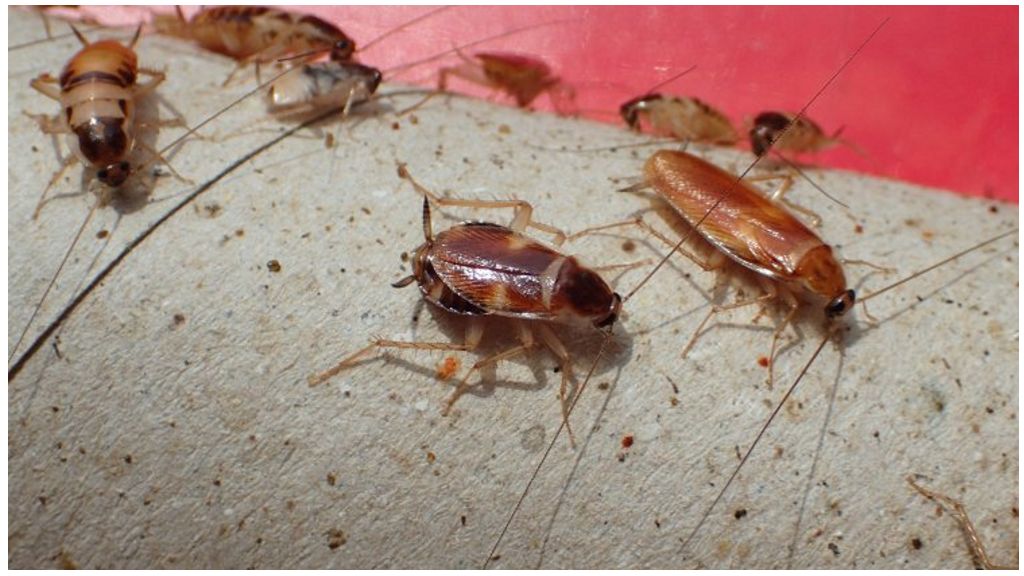
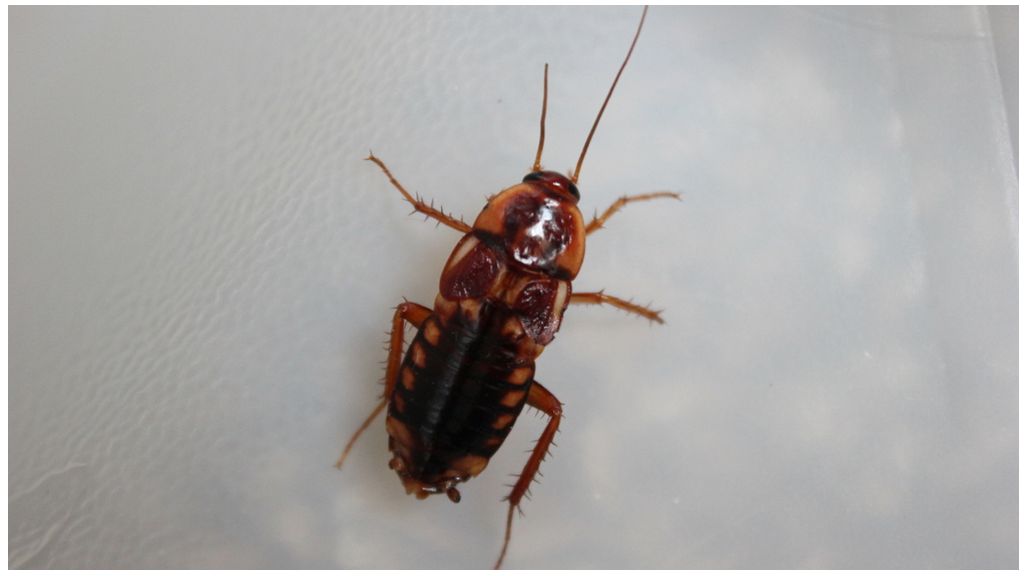
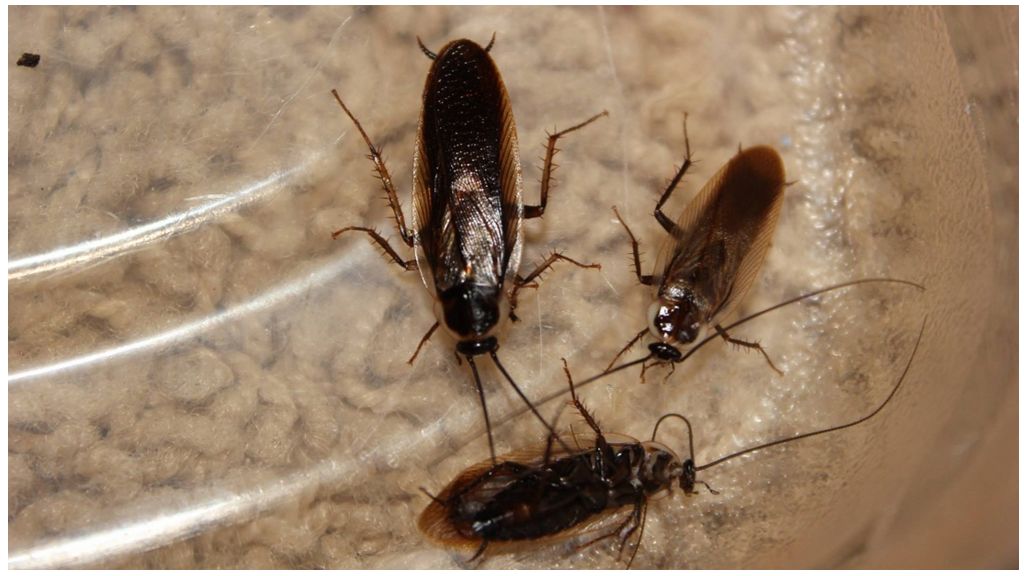
Well, it seems to me that the cockroaches in the houses also disappeared because there were fewer asocial personalities. In the sense that pieces of bread, roaches and cucumbers stopped lying on the table. And then we have these parasites used to crawl through the ventilation from a neighboring apartment. Until the alcoholic neighbor died.
We have the same problem, crawling from below from dysfunctional neighbors who do not even have wallpaper in the apartment ....